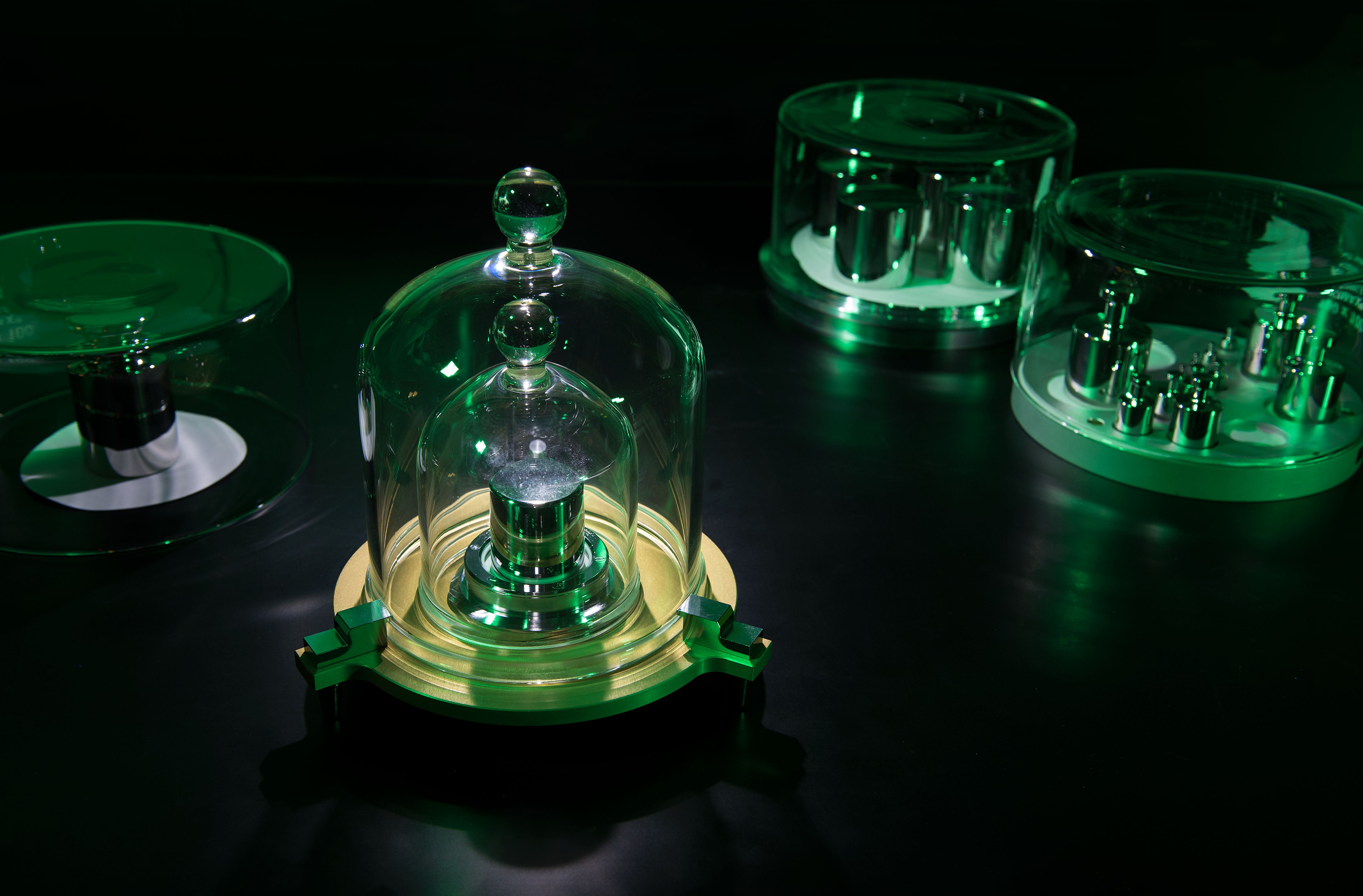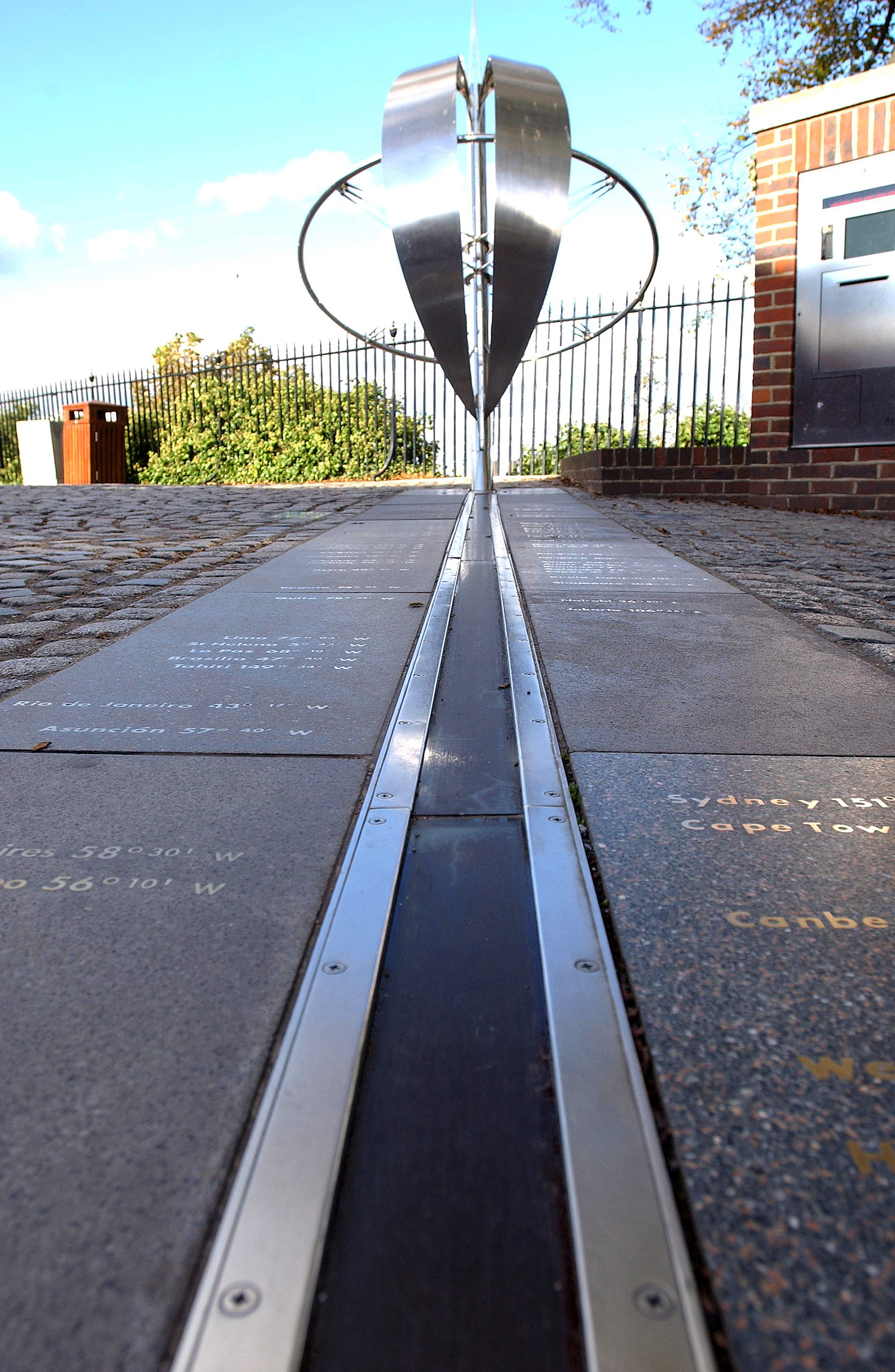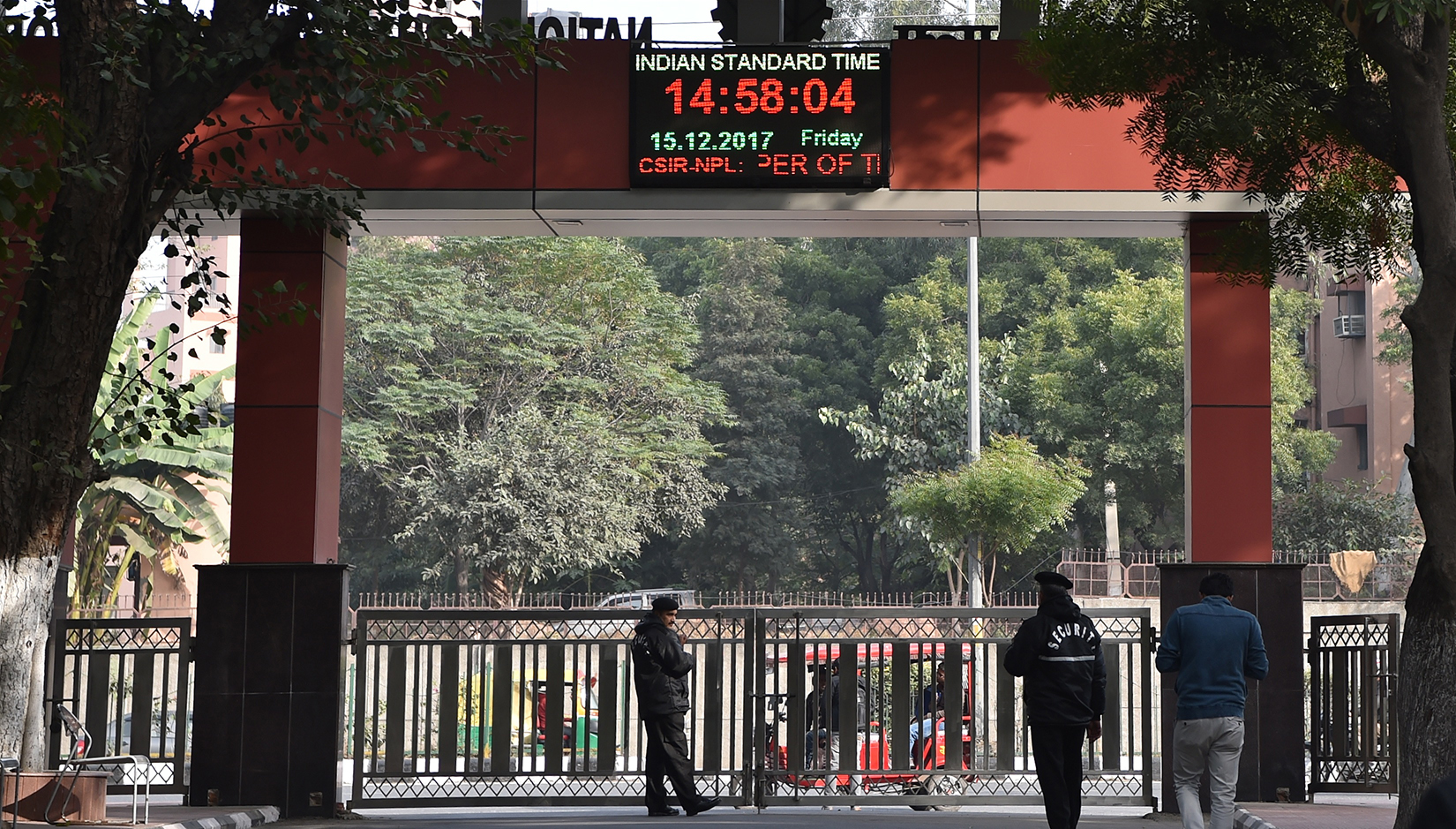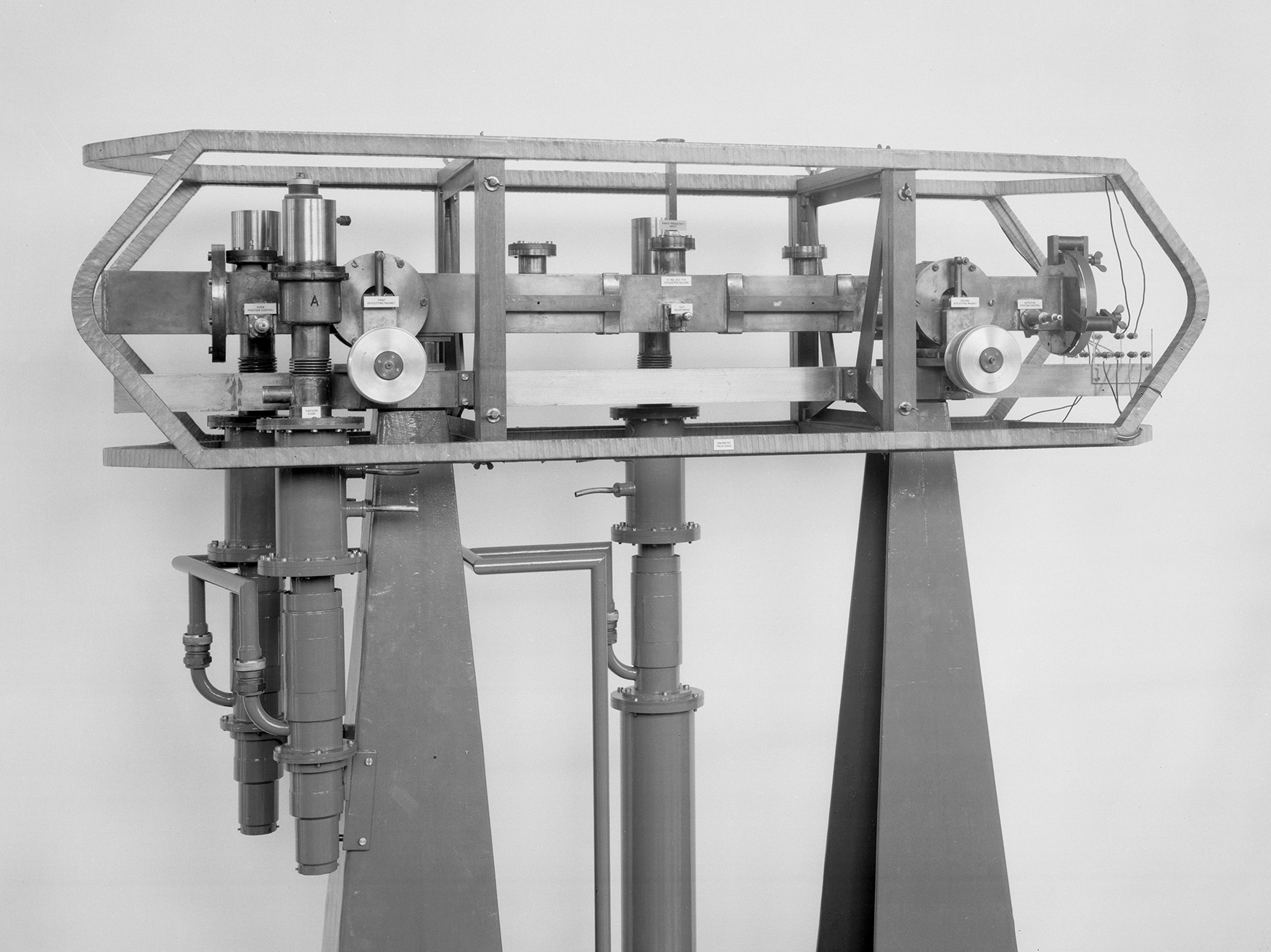May 20, 2019 was a historical date in the world of weights and measures. The Bureau International des Poids et Mesures (BIPS) redefined the seven basic units so that they are no longer described in terms of artefacts based in some controlled condition in a laboratory, but in terms of nature’s constants.
BIPS is the custodian of the Systeme International or International System of weights and measures, which is accepted by almost all countries except the US, Myanmar and Liberia. India, along with the member nations, adopted the new definitions at a grand function held at the National Physical Laboratory in New Delhi. The NPL is the custodian of measurement standards for the country.
The seven base units of the SI are second (s), which quantifies time, metre (m) which quantifies length, kilogram (kg) which quantifies mass, ampere (A) that measures electric current, kelvin (K) that measures temperature, mole (mol) for the amount of substance and candela (cd), which measures luminous intensity. There are 22 other derived units under the SI, which are based on the original seven. The SI system was formally adopted in 1960, though work on it began in 1949. The Metre Convention of 1875 was the precursor to the SI, when the metric system was introduced to have a uniform system of weights and measures across the globe.
As science and technology progressed over the last century and calibrations got finer and more accurate, the crude definitions of the units had to be constantly redefined. In a previous century, for instance, it was fine to define a metre on the basis of a prototype rod of iridium and platinum, kept in a laboratory in France under controlled conditions of temperature, humidity and seismicity. But having physical artefacts as the yardstick increases the chances of error. So, over the years, definitions changed.
 NIST’s platinum- iridium kilogram K92 with stainless-steel kilogram masses in the background. Photo: J.L. Lee/NIST
NIST’s platinum- iridium kilogram K92 with stainless-steel kilogram masses in the background. Photo: J.L. Lee/NISTThe last of the physical artefacts to be retired in 2019 was the kilogram, which was defined as the mass of a 47 cubic centimetre alloy of platinum and iridium. The new definition that was adopted now defines the kg as a function of two constants of nature, the Planck’s constant (h) and the speed of light. It also defines the kg with relation to two other base units, the metre and the second, as the speed of light is measured on the basis of these two units.
 The Meridian Line at the Royal Observatory in Greenwich, East London. Credit: Getty Images
The Meridian Line at the Royal Observatory in Greenwich, East London. Credit: Getty ImagesThe SI also redefined three other base units this year, the ampere, kelvin and mole. While the ampere is defined now in terms of charge per second, the definition of kelvin is also based on the definition of the second, kilogram and metre. Thus, the second is not just a definer of time, but also of distance, mass, current and temperature luminosity.
What, then, is the second defined as? Time, for millennia, has been calibrated on the basis of the earth’s rotation on its axis, which is considered a day. A second is, therefore, 1/60 of a minute, which is 1/60 of an hour, which is 1/24 of a day. So, a second is 1/86,400 of a day.
In 1956, scientists redefined the second as 1/3,15,56,925.9747 of the tropical year for 1900 January 0 at 12 hours ephemeris time. Then, in 1967, it was defined by taking the fixed numerical value of the caesium frequency, the unperturbed ground state hyperfine transition frequency of the caesium 133 atom, to be 9192631770 when expressed in the unit Hz which is equal to S-1. Caesium is used in atomic clocks; they are the most accurate clocks that humans have made. A further re-tweak in the definition was done in 1997, which specified that the definition was of a caesium atom at rest at 0K
 The National Physical Laboratory in New Delhi
The National Physical Laboratory in New DelhiWhat does this mean to us in our daily lives? Not much, really, when we are crudely calibrating time. The precision of the definition, however, is important in finer scientific calculations. Given that the caesium clock is the most accurate time teller we have, it is important that the unit of time itself be defined in those terms.
So, is the second no longer a fraction of the day? It sure is. The new definitions that BIPS comes up with do not do eliminate the relationship that units originally had with common quantities. They only augment these original definitions and methodology. So, a second is still the time that it takes for a dense body at rest to fall from a height of 4.9 metres. And when someone makes instant noodles, two minutes might not just be 120 seconds.
This story first appeared in WatchTime India's 2019 October issue.








